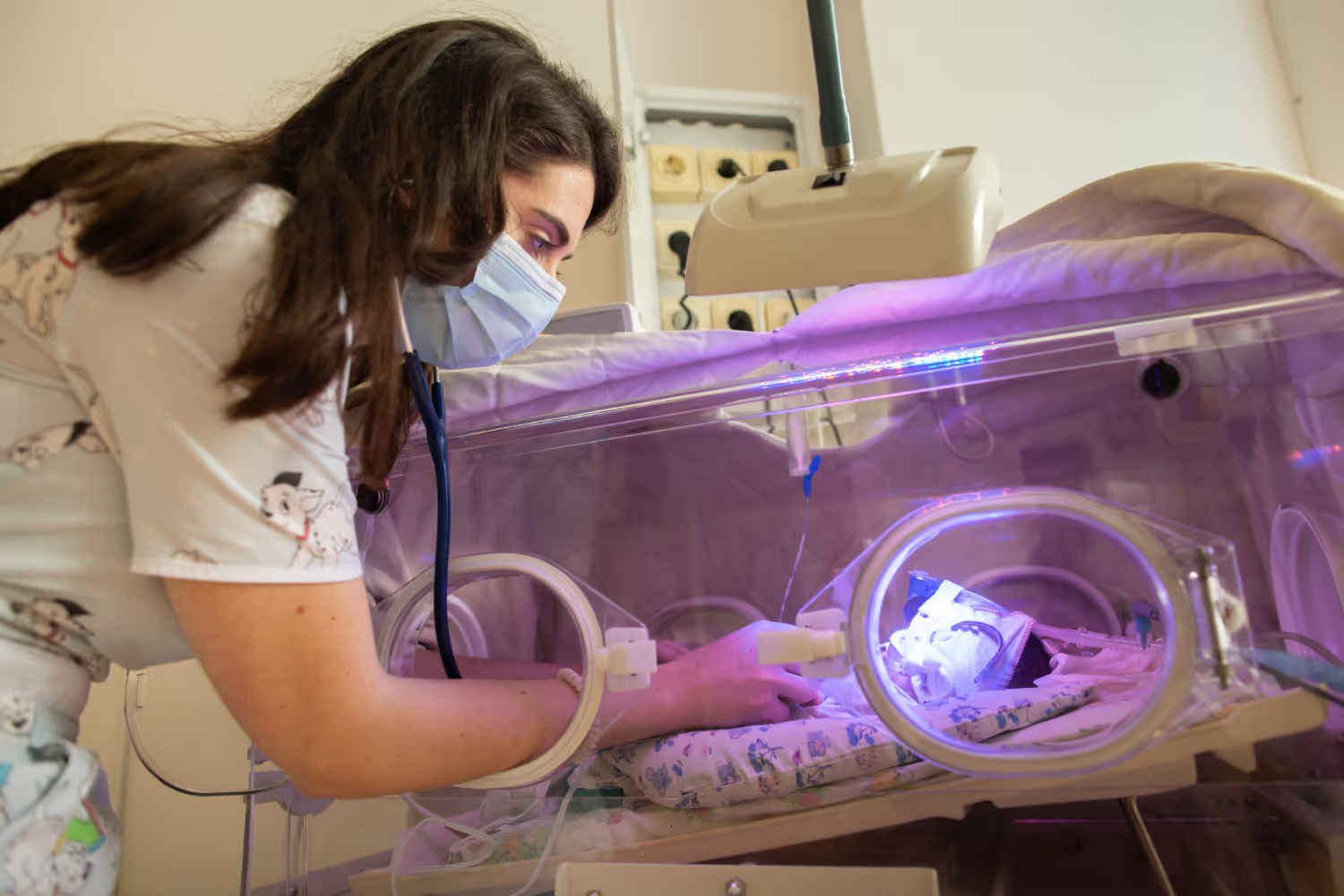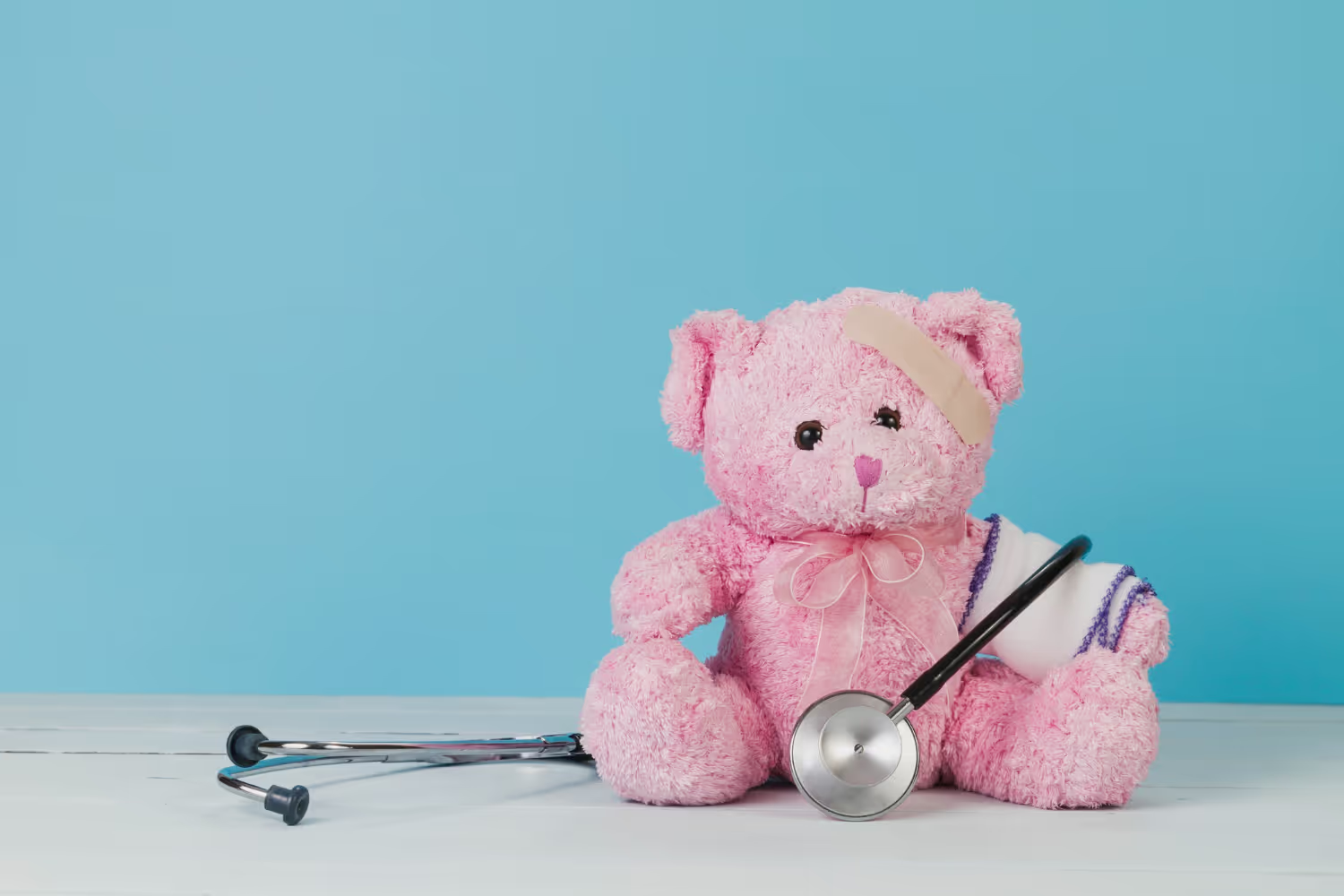It is no secret that bringing pediatric medical devices to market is challenging. Pediatric medical device innovators are uniquely faced with a combination of challenges including a lack of parties interested in providing funding, limited business opportunities due to small market size, manufacturing of small components, designing and testing to rapid anatomical changes over time, and ethical clinical trial execution for vulnerable populations.
The availability of new innovations in pediatrics (defined by FDA Center for Device and Radiological Health as ages 0 through 21 years old) has historically lagged in technological advancement. This has resulted in a major disparity for pediatric medicine, leading to consequences like unavailability of treatments and diagnostics and adult medical devices being used and/or modified for off-label use in pediatrics, posing a safety risk for vulnerable populations.
The FDA has recognized the inequity between adult and pediatric technological advancement and has demonstrated a commitment to supporting innovators in this space.

Here's a quick overview of resources and policies we think all pediatric innovators should be aware of:
1. Waved MDUFA Fees
To incentivize medical device companies to develop pediatrics-specific technologies, the FDA has waived the Medical Device User Fee Amendments (MDUFA) fee for medical device market submissions, if the labeling is exclusive to pediatrics. This includes 510(k), De Novo, and PMA applications, but excludes 513(g) requests. According to FY 2025 Small Business Designation MDUFA fees, that’s a savings of about $6,084 - $135,196! (Of note, there are no fees to submit an HDE application).
If any adult populations are included in device labeling, the submission is ineligible for this waiver, but the submitting company may still apply for a small business determination, if appropriate, to receive reduced submission fees. Of note, payment of establishment registration and listing is still required for all companies.
Read more:
- FDA: Medical Device User Fees
- FDA: Reduced Medical Device User Fees: Small Business Determination (SBD) Program
2. Specific Guidance Documents for Pediatric Device Development
FDA has published pediatric-specific guidance documents containing current non-binding perspectives, definitions, policies, and suggestions for topics like submission content and testing methodologies, some of which are for specific therapeutic areas like radiology or neurodevelopment.
These FDA documents may be found here, with the search term: "pediatric product development."
Some general examples include:
- Premarket Assessment of Pediatric Medical Devices
- Leveraging Existing Clinical Data for Extrapolation to Pediatric Uses of Medical Devices (See Use of RWE in Clinical Trials below)
- Ethical Considerations for Clinical Investigations of Medical Products Involving Children
It’s worth carefully reviewing these guidance documents prior to FDA meetings and submissions as they may inform strategies or submission content (e.g., testing plans, labeling decisions) that could shorten development timeline (or at least keep them from being prolonged due to confusion or disagreement).
3. Special Incentives in the Humanitarian Device Exemption pathway
The Humanitarian Device Exemption (HDE) marketing application pathway was introduced to support Humanitarian Use Devices (HUD), or medical devices that "benefit patients in the treatment or diagnosis of a disease or condition that affects or is manifested in not more than 8,000 individuals in the United States per year."
Typically, HUDs cannot be sold for profit; however, HUDs that receive HDE approval are eligible to be sold for profit if the disease or condition:
- occurs in pediatric patients or in a pediatric subpopulation, and such device is labeled for use in pediatric patients or in a pediatric subpopulation in which the disease or condition occurs; OR
- occurs in adult patients and does not occur in pediatric patients or occurs in pediatric patients in such numbers that the development of the device for such patients is impossible, highly impracticable, or unsafe.
This is another incentive offered by FDA to encourage innovators to develop much-needed medical devices, especially for small populations with limited market size. These populations and products are associated with limited financial gain and challenges in supporting what would otherwise be a substantial, near-impossible enrollment requirement for a PMA submission.
Read more:
4. Use of Real-World Evidence
FDA defines Real-World Evidence (RWE) as the "clinical evidence about the usage and potential benefits or risks of a medical product derived from analysis of [real-world data]."
Examples of real-world data (RWD) include patient health status and/or the delivery of routine health care data from electronic health records, medical claims, disease registries, and more. Relevant RWD and RWE are especially helpful to pediatric clinical studies that would otherwise be impractical, hindered by ethical issues, or challenging to conduct due to enrollment size.
FDA offers helpful frameworks to innovators as described here:
- Use of Real-World Evidence to Support Regulatory Decision-Making for Medical Devices
- Examples of Real-World Evidence (RWE) used for existing pediatric products
5. Pediatric Device Consortia Programs
FDA provides grant funding to 5 pediatric device consortia nationally. The mission of these 5 consortia is to foster advancement of medical devices for pediatric patients via provision of non-dilutive resources, services, and direct funding to US pediatric device innovators. This includes expert connections to clinician stakeholders, regulatory consulting, business planning, and device development services, such as intellectual property advising, prototyping, engineering, laboratory testing, and grant-writing.
Proxima is proud to be a long-time industry partner of the Southwest-Midwest National Pediatric Device Innovation Consortium (SWPDC) since the consortium's inception in 2018, offering specific pediatric expertise for regulatory strategy, quality management system (QMS) support, and clinical trial development. The SWPDC is based out of Texas Children's Hospital in Houston, TX and is steered by a robust network of academic and industry partners primarily in the Southwest and Midwest regions of the US. The SWPDC actively supports over 300 pediatric device companies of all developmental stages across the US and continues to accept new members to their portfolio – check them out today!

Conclusion
These are some of the major ways FDA supports pediatric device innovators. With both industry and regulator support, pediatric medical device innovators may overcome the biggest hurdles to develop life-saving technologies for the world’s smallest patients. To date, Proxima has provided support to about 170 pediatric device projects, leveraging expert negotiation tactics with FDA resulting in successful 510(k) and PMA submissions and management of high-risk device pediatric clinical trials.
Learn more about our experience with pediatric medical devices & get in touch with our regulatory, quality, and clinical experts.


.avif)




